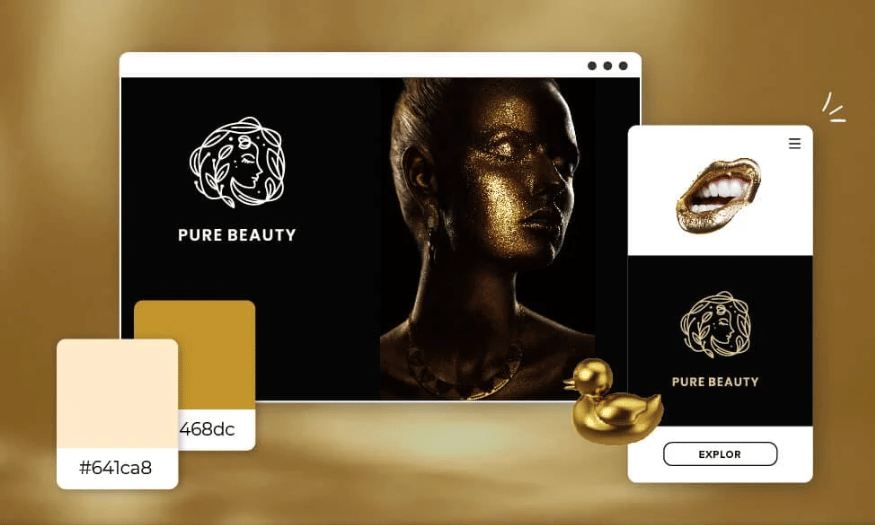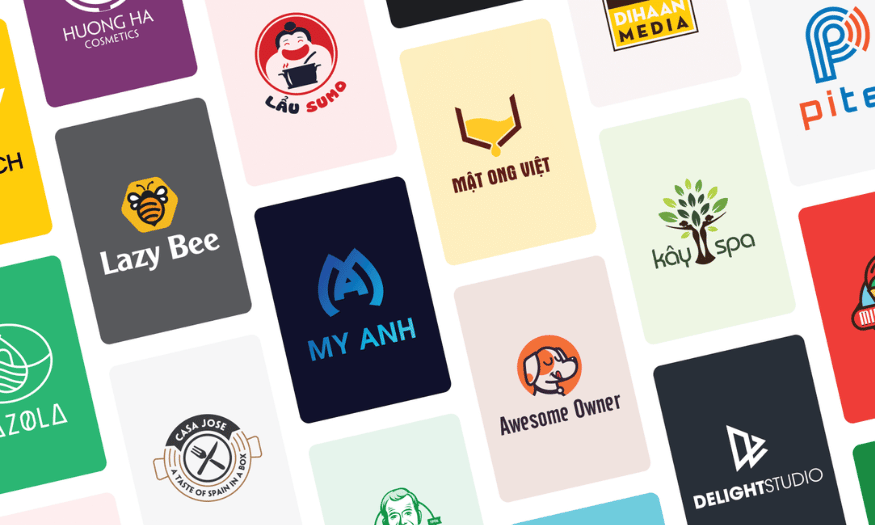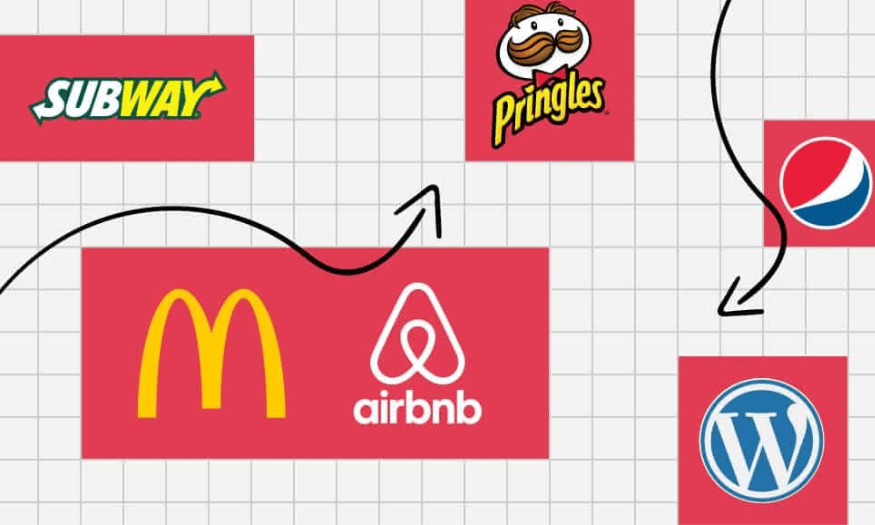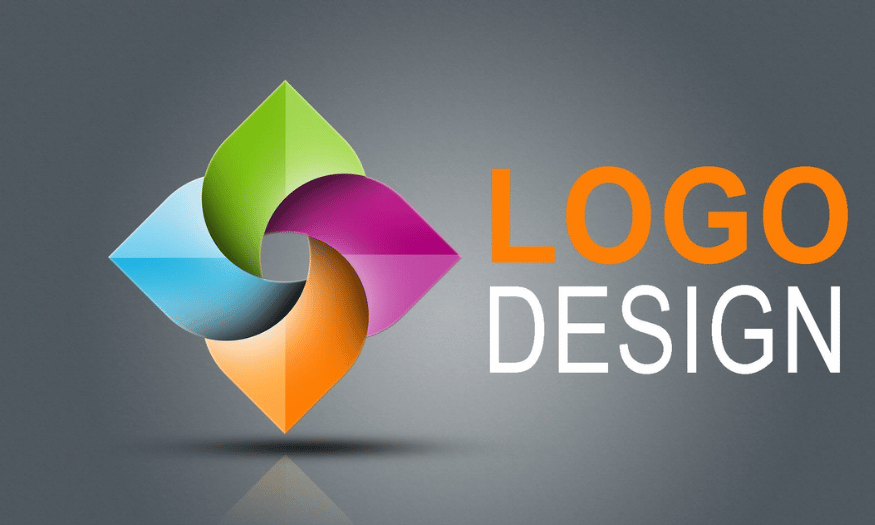Best Selling Products
Dynamic Logo – What is Dynamic Logo?
Nội dung
- 1. What is an animated logo?
- 2. Why should you use animated logos?
- 2.1 Context is everything
- 2.2 Demonstrating flexibility
- 2.3 It adds to your brand identity
- 3. How to design an animated logo
- 3.1 Select dynamic elements
- 3.2 Consider your core logo
- 3.3 Keep the design simple
- 3.4 Think about flexibility
- 4. Professional animated logo design tool
- 5. Conclusion
In today's digital age, a logo is not only a symbol of brand identity but also a powerful tool in creating an impression and connecting with customers. The concept of "Dynamic Logo" or "Animated Logo" has emerged as a new design trend, helping brands stand out from the crowd. So what is a dynamic logo? What are its characteristics and applications in a business's communication strategy? In this article, Sadesign will explore with you the concept of a dynamic logo, how it works, and why more and more brands choose this type of logo to express their own identity and style.
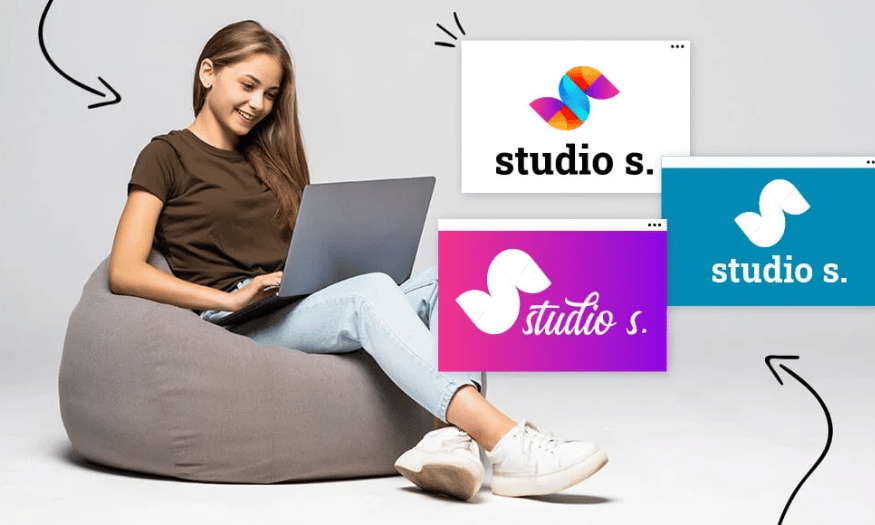
In today's digital age, a logo is not only a symbol of brand identity but also a powerful tool in creating an impression and connecting with customers. The concept of "Dynamic Logo" or "Animated Logo" has emerged as a new design trend, helping brands stand out from the crowd. So what is a dynamic logo? What are its characteristics and applications in a business's communication strategy? In this article, Sadesign will explore with you the concept of a dynamic logo, how it works, and why more and more brands choose this type of logo to express their own identity and style.
1. What is an animated logo?
In today's world of branding, the concept of "Dynamic Logo" is becoming more and more popular and attracting the attention of businesses. Dynamic logos are not just a simple identification symbol; they are a living art form that can change and adapt to each context in which they are used. Unlike static logos, dynamic logos offer superior flexibility, allowing brands to express their identity in a diverse and creative way. This not only helps brands stand out in the eyes of customers but also creates interesting and new interactive experiences.
Dynamic logos can change in many different ways. It can be just a few specific elements such as the color, shape or position of the logo elements, or even a completely different design each time it appears. However, the most important thing is that the core elements of the logo must always remain the same to ensure that customers can recognize the brand even when the logo is in a changing state. Consistency in design will create a solid and memorable image for the brand, avoiding the creation of unrelated and confusing versions of the logo.
.png)
2. Why should you use animated logos?
A dynamic logo is more than just a symbol; it is an essential part of your brand identity. The flexibility of a dynamic logo allows you to express creativity and adaptability, meeting your customers’ desire for newness and innovation. With a dynamic logo, you not only create a memorable brand image, but also extend your brand in a variety of ways, from advertising campaigns to social media platforms.
Having a dynamic logo also allows your brand to be displayed in a variety of ways. You can adapt your logo to fit any context, from your website to your marketing materials. This ensures that wherever your logo appears, it clearly and consistently conveys your core message and brand image.
2.1 Context is everything
One of the biggest benefits of animated logos is their ability to adapt to context. You’ll be using your logo on a variety of devices and locations, from computer screens to mobile phones. With animated logos, you can easily adjust design elements, ensuring your logo stays relevant and attention-grabbing wherever it appears.
Furthermore, adapting your logo to the context not only enhances your identity, but also allows you to effectively convey different messages. For example, if you want to emphasize professionalism online but friendliness offline, a dynamic logo can help you do this easily.
2.2 Demonstrating flexibility
Dynamic logos not only show flexibility, but also show that your business has more than one strength. Different versions of a logo can give the impression that your brand is always ready to change and evolve. This not only attracts customers, but also builds trust and loyalty.
Furthermore, the flexibility of animated logos allows your employees to participate in the creative process, which promotes internal engagement. They can come up with ideas for future versions of the logo, helping to make the brand more approachable and reflect the company culture.
(2).png)
2.3 It adds to your brand identity
Finally, an animated logo can take your brand recognition to the next level. A logo is more than just an image; it can have a powerful impact on how customers feel about your brand. As your brand becomes more popular, customers will want to see what you do next, and an animated logo is a way to keep that interest alive.
Diversity in logo design not only helps you attract attention but also creates memorable experiences for customers. When they see a new and creative logo, they will be more likely to remember your brand, thereby promoting engagement and brand loyalty.
3. How to design an animated logo
Now that you understand what animated logos are and the benefits they offer, the next step is to learn how to design an impressive animated logo. This process involves more than just choosing images, colors, and icons; it’s about creating an experience that comes alive and connects with your users.
3.1 Select dynamic elements
Image
Images are an essential part of animated logos. They are often the most recognizable element, and they help to clearly communicate the brand message. A great example is AOL and Nickelodeon, where each show uses a different icon but maintains a consistent design style. This not only helps viewers instantly recognize the brand, but also conveys a sense of fun and dynamism, which is appropriate for a younger audience.
By creating different versions of the logo while maintaining the core image, the brand can express diversity and creativity. Images are the bridge between the brand and the customer, so choosing the right image will determine the success of the animated logo.
Color
Color is an essential element in dynamic logo design. MTV is a perfect example of creative use of color. Their logo frequently changes color between the “M” and “TV,” creating a fresh and engaging look. The ability to change the color palette not only keeps the brand fresh, but also reflects the diversity of music they represent.
Choosing the right colors can also help your logo stand out to your customers. Color is more than just an aesthetic; it carries meaning and emotion, creating a deep connection with your audience. Think carefully about the color palette you want to use, as it will be an integral part of your brand identity.
Icon
The icon is the central part of a dynamic logo, often representing the core message of the brand. For example, a dynamic logo created to promote tourism to the Nordkyn Peninsula has the ability to change shape, color, and orientation based on current meteorological data. This not only demonstrates the versatility of the logo, but also creates an interesting experience for the user, making them feel closer to the brand.
Using animated icons can help your brand make a stronger impression on your customers. By reflecting specific elements of your product or service, you can create a deeper connection with consumers, making it easier for them to recognize and remember your brand.
Move
Adding motion to your logo is a great way to create interest and stand out. Not only does motion make your logo more dynamic, it also shows that your brand is always moving forward. Shazam is a great example; their logo depicts a speaker playing continuously, signifying that the music never stops with their product.
Motion can be a key element in creating a strong first impression. An animated logo with moving effects will easily attract attention and make viewers feel excited. This not only enhances brand value but also creates memorable experiences for customers, thereby promoting engagement and brand loyalty.
(1).png)
3.2 Consider your core logo
When designing a dynamic logo, it’s important to keep the core elements of your brand consistent across all versions. A logo is more than just an image; it represents your business’s identity and values. Even if you create interesting and attention-grabbing variations, it’s important to make sure your logo reflects what your brand stands for. This is how consumers identify and feel consistent across all their brand experiences.
Think of your core logo as a solid foundation upon which to build your animated versions. Elements like colors, fonts, and key icons need to be maintained to keep consumers familiar. A successful animated logo should not only be memorable, but also convey a clear and consistent message about your brand.
3.3 Keep the design simple
Simplicity is key when it comes to animated logo design. Simple logos focus on highlighting the most important aspects of your brand. By keeping complex elements to a minimum, you can create an image that is easily recognizable and memorable. Your logo shouldn’t be too busy; instead, it should convey its message quickly and effectively.
When designing a logo, focus on aspects like color and font. These elements will differentiate your brand without adding too much extra detail. A simple yet powerful logo will easily adapt to a variety of contexts and media, from business cards to online advertising.
.png)
3.4 Think about flexibility
An effective animated logo should be versatile, allowing you to use it in a variety of situations and formats. When designing, consider where your logo will be used, such as business cards, social media pages, or promotional products. Choosing a design that can easily be resized and reshaped will help your brand be more accessible to your target audience.
Flexibility in your logo not only helps your brand stand out, it also creates consistency across all customer experiences. A logo that can change but still retains its core identity will create a stronger and more memorable impression in the minds of consumers. Think about the mediums you will use to ensure your logo remains relevant and engaging at all times.
.png)
4. Professional animated logo design tool
In the modern design world, creating an impressive and professional animated logo is no longer a distant dream. Many design tools today offer powerful features that make it easy for designers to create unique and attractive animated logos. Software such as Adobe After Effects, Adobe Animate, and Blender are typical examples, allowing users to create sophisticated and creative motion effects. With drag and drop features, along with a rich library of effects, users do not need to be graphics experts to create a high-quality product.
Additionally, online platforms such as Canva and Crello are also becoming increasingly popular for animated logo design. They offer user-friendly interfaces that allow you to create animated versions of your logo with just a few clicks. Thanks to ready-made templates and flexible editing tools, users can easily customize colors, shapes, and motion effects to their own ideas. These tools are especially useful for small businesses or individuals who do not have much experience in design but still want to create a logo that stands out.
Ultimately, choosing the right tools not only saves time but also improves the quality of the final product. Professional animated logo design tools not only assist in creating eye-catching designs but also help you maintain consistency in conveying your brand message. When you have the right software and tools, the creative process becomes easier, allowing you to focus on developing your ideas and building your brand identity. Visit Sadesign now to choose the most suitable software!
.png)
5. Conclusion
In short, animated logos are not only a design trend but also an effective communication tool, helping brands differentiate themselves and connect more deeply with customers. With the ability to adapt and change flexibly, animated logos open up many creative opportunities for designers. In an increasingly competitive environment, investing in an animated logo can give businesses a distinct advantage, helping them not only leave a mark in the minds of consumers but also promote brand recognition and loyalty.









































